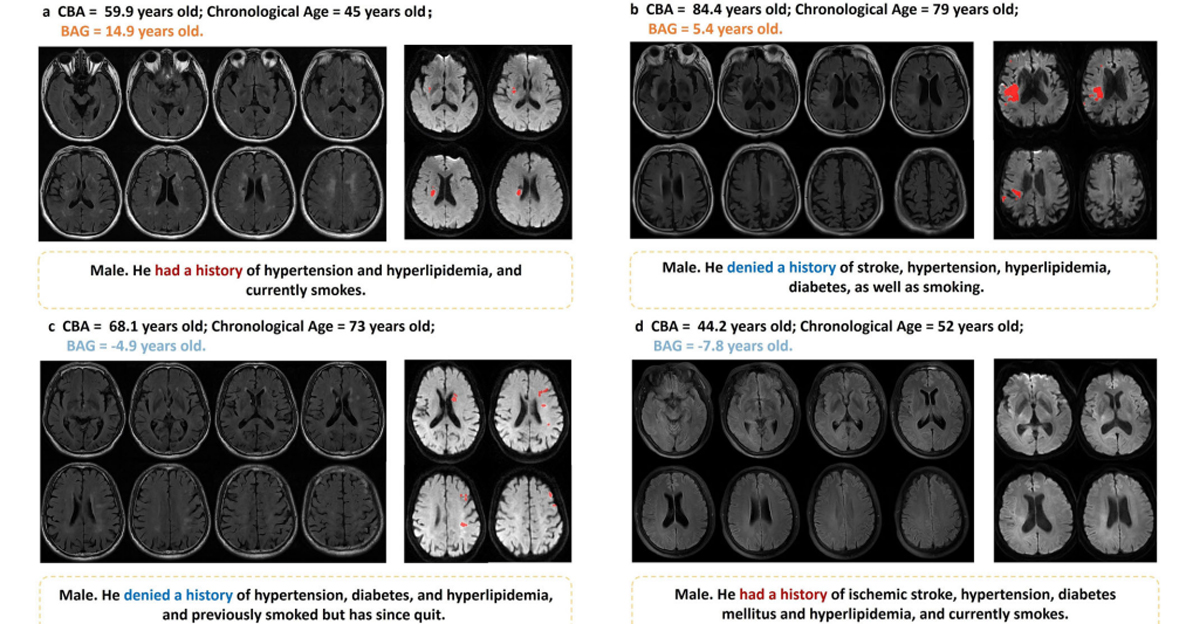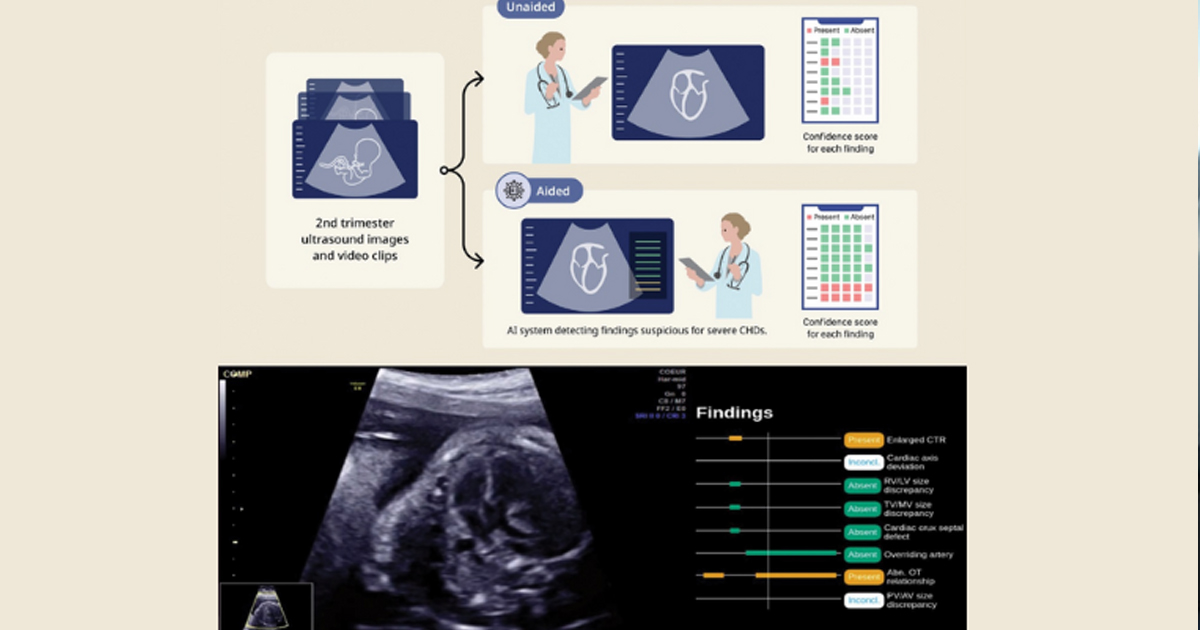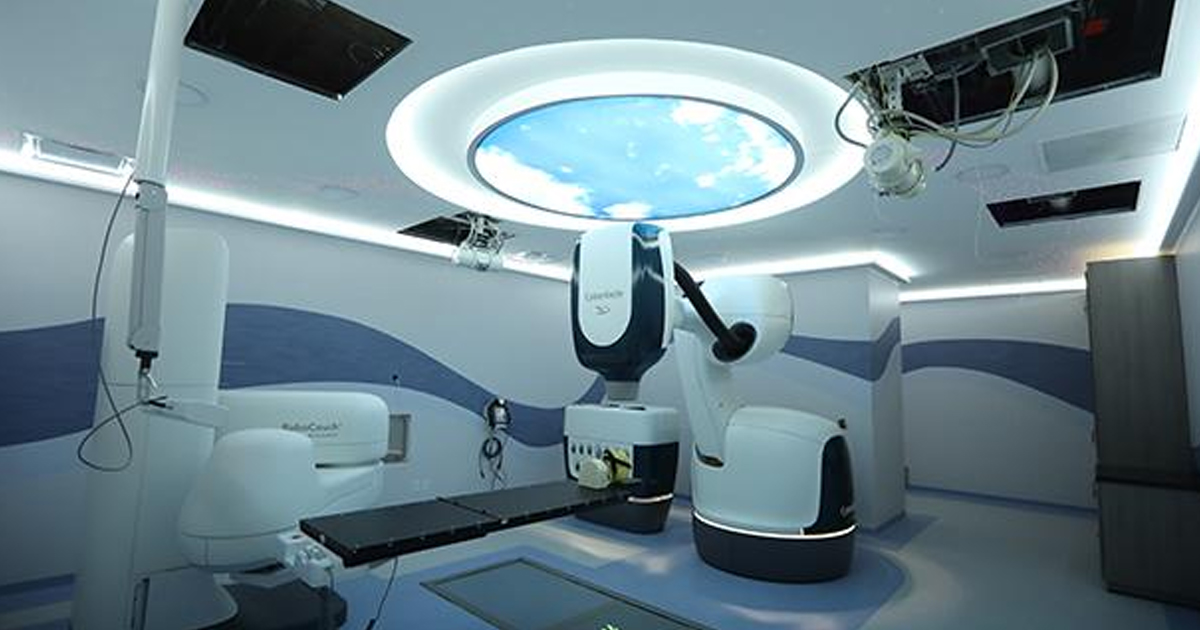Este estudio publicado por Elsevier, muestra que la ansiedad puede reducirse en jóvenes que no tuvieron resultados con los inicios de su terapia cognitivo-conductual.
A study published in the Journal of the American Academy of Child and Adolescent Psychiatry (JAACAP) informó sobre el entrenamiento de la atención por computadora y su utilidad para reducir la ansiedad en niños y adolescentes. Lo que responde a la necesidad que existe en Estados Unidos para brindar nuevos tratamientos a jóvenes, ya que entre el 30 y 50% de los jóvenes diagnosticados con trastorno de ansiedad, no responden a la terapia cognitivo-conductual (TCC).
“La TCC es el principal tratamiento psicosocial basado en evidencia”, explica el coautor de la investigación el Dr. Jeremy Pettit de la Universidad Internacional de Florida. “Por lo tanto, existe una necesidad crítica de tener otras opciones de tratamiento disponibles para esta población, dado que la ansiedad persistente se asocia con angustia, deterioro del funcionamiento y riesgo elevado de otros trastornos psiquiátricos y suicidio”.
Este estudio es el primero en mostrar una estrategia potencialmente eficaz para este grupo de la población. Para su desarrollo participaron 64 niños y jóvenes entre 7 y 16 años, todos cumplían con los criterios de trastorno de ansiedad y habían recibido TCC. Tras cuatro semanas de entrenamiento en atención, los resultados mostraron que la mitad de los participantes ya no cumplían con los criterios para un diagnóstico primario de ansiedad, según manuales técnicos como el Manual Diagnóstico y Estadístico de Trastornos Mentales.

El primer tratamiento de atención estaba enfocado a estímulos neutros lejos de estímulos amenazantes, por el contrario, el segundo tratamiento de atención, entrenó atención a estímulos neutrales y amenazantes de igual forma. Ambas técnicas de entrenamiento condujeron a resultados positivos en el tratamiento de la ansiedad entre los participantes. “El entrenamiento de la atención es un aumento prometedor para los niños que no responden a la TCC”, mencionó la coautora, la Dra. Wendy Silverman, de la Universidad de Yale.







